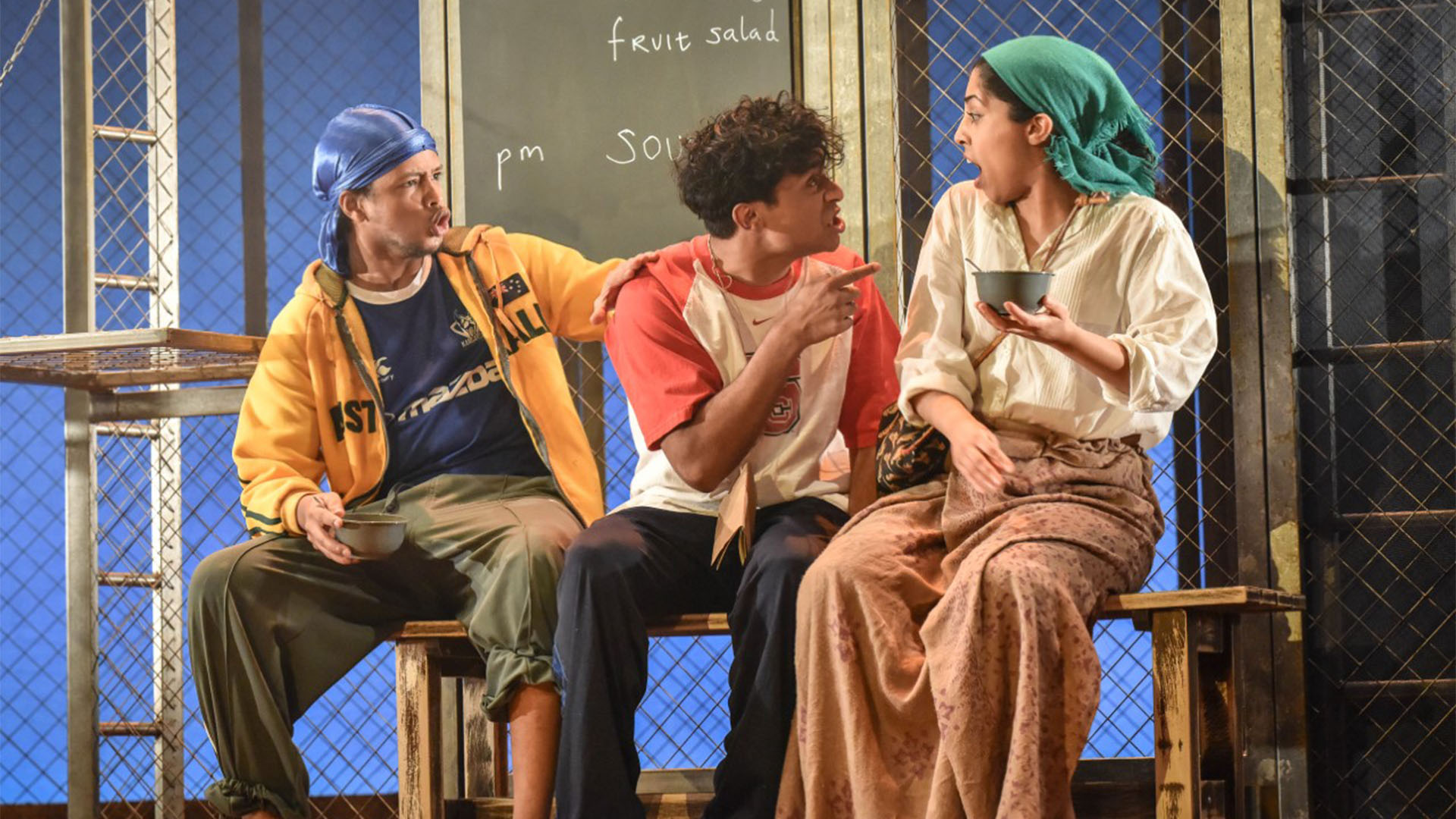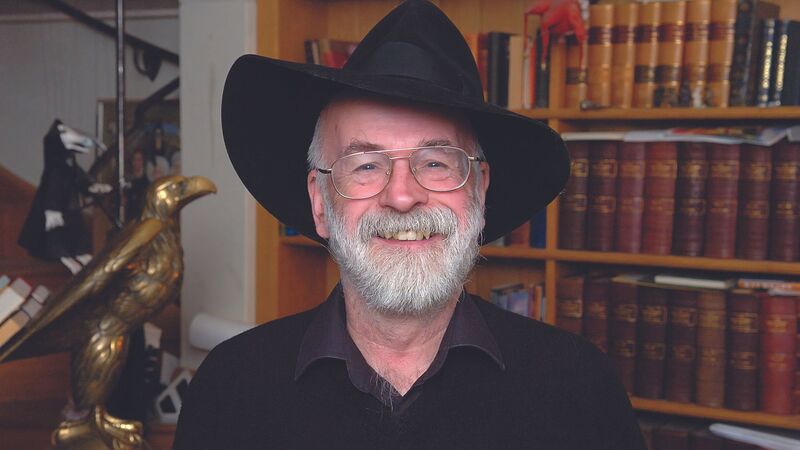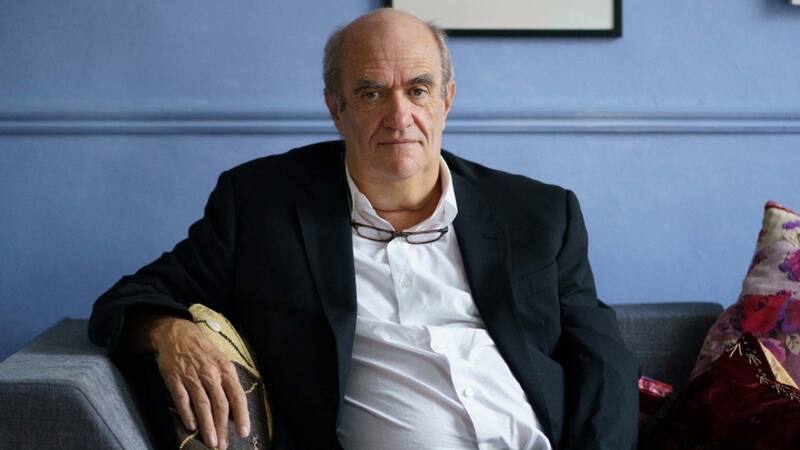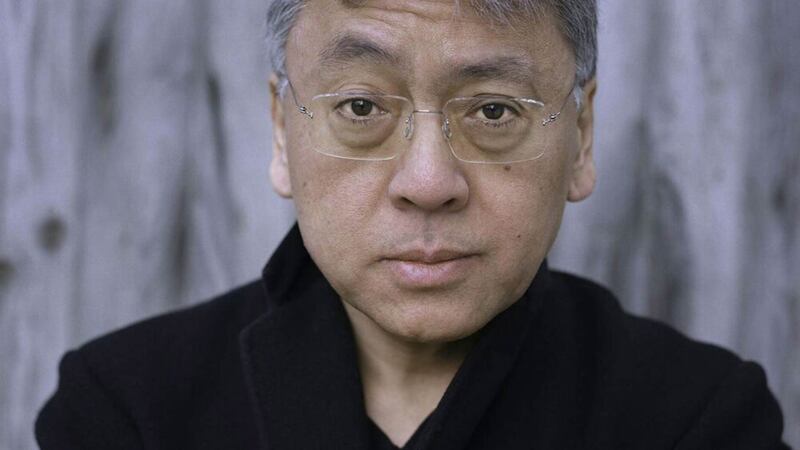You are viewing your 1 free article this month. Login to read more articles.
How YA is taking centre stage
Adaptations of young adult books are becoming a UK theatre staple, but writers and producers face particular challenges in getting them right.
For well over a decade now, young adult literature has been significant force in the publishing world. Typically targeting readers between the ages 12-17 (though a 2012 study showed that 55% of books intended for a YA audience were bought by adults to read themselves), YA fiction has spawned massive film franchises ("The Hunger Games", "Divergent") and a slew of Netflix content ("Dumplin’", the controversial "13 Reasons Why", an "Uglies" film is imminent).
Given the cross-pollination between bookshelves and the stage, there’s inevitably been crossover into the world of theatre as well. However the term "YA" is not widely used in theatre – these shows are more likely to be called family theatre or theatre for younger audiences. "Harry Potter and the Cursed Child" is both a key example and an anomaly in that is not an adaption of an existing novel, rather an exercise in further world-building (and IP expansion) created by J K Rowling in collaboration with the playwright Jack Thorne.
Most productions that might be termed YA theatre draw on existing books. Joel Horwood’s adaption of Neil Gaiman’s The Ocean at the End of the Lane is currently playing in the West End. The National Theatre’s production of "The Curious Incident of the Dog in the Night-Time" is currently on a 10th anniversary tour of the UK and Ireland. A new stage version of Philip Pullman’s The Book of Dust: La Belle Sauvage – by Bryony Lavery, whose other adaptions include "Swallows and Amazons" and "The Lovely Bones" – recently completed its run at the Bridge Theatre in London. A new stage version Michael Morpurgo’s First World War novel Private Peaceful – it originally existed as a solo show but Simon Reade reworked it for a ensemble cast – recently embarked on a UK tour. Sophie Anderson’s folklore-infused The House with Chicken Legs, aimed at the slightly younger 9-12 age group, is being adapted by visually inventive theatre company Les Enfants Terribles. It starts its tour in Manchester in the spring.
The Unicorn Theatre in London, which consistently programmes inventive work for young audiences including teens, is taking a different tack, getting Lulu Raczka to adapt Jonathan Swift’s Gulliver’s Travels. Swift might not be YA in the traditional sense, but Raczka has a strong track record of writing about the female adolescent experience, so it will be intriguing to see what she does with it.
Are there particular challenges and considerations that come with adapting work for a YA audience? Is some material particularly well-suited to being remade for the stage?
Esther Richardson is artistic director of Pilot Theatre, a company that makes “grown-up work for young audiences.” She directed the stage version of Malorie Blackman’s dystopian Noughts and Crosses and is now working on a production of Zana Fraillon’s The Bone Sparrow. Fraillon’s novel – winner of the Amnesty CILIP Honour Award among other prizes – tells the story of a young Rohingya boy whose entire life has been spent in an Australian detention camp for refugees.
Are there particular challenges and considerations that come with adapting work for a YA audience? Is some material particularly well-suited to being remade for the stage? While Richardson feels that any book could potentially work on stage, she is drawn to stories with a cinematic sweep, that are character-led and take a compelling hero on a journey.
She points out that teenagers are going through changes, biological and emotional, and that influences the kind of stories they want to engage with. “We find they enjoy and want to rehearse and explore big emotions – so it’s no surprise that stories that are incredibly dramatic are hugely appealing to this age group.” Things that work well on the page can potentially feel melodramatic when translated to the stage, and this is something she takes care about when directing work.
YA books can also often be very plot-heavy so she finds it necessary to weigh up what’s essential and what can be cut to create a stage version of around two hours. (Though brevity clearly wasn’t a concern for Rowling; "The Cursed Child" is a two-parter with each part running at just over two and a half hours).
Tone is another factor. YA fiction often deals frankly with violence and sex, and care needs to be taken in terms of representing these things on stage; it’s one thing to read about these, quite another to see it enacted. She’s quick to point out that “we never tone the drama down and believe in being authentic and true to the spirit of the book and its major events.”
“Difficult and potentially upsetting moments we do still include as part of our commitment to authenticity, but we handle it with care,” she says.
Going to the theatre is obviously a more costly activity than buying books. Take a family of four to see a show and the expense can mount up. Top-priced premium tickets for "The Ocean at the End of the Lane" are £125, though tickets are available from £20. At the Theatre Royal York, where "The Bone Sparrow" tour begins, tickets range from £15-£27. But given the appetite for YA material, it’s likely to play a growing role in the kind of work that makes it to our stages. It may be that for many young people, a stage adaption of a favourite novel or book series becomes their first introduction to live theatre, in place of the traditional pantomime.
















